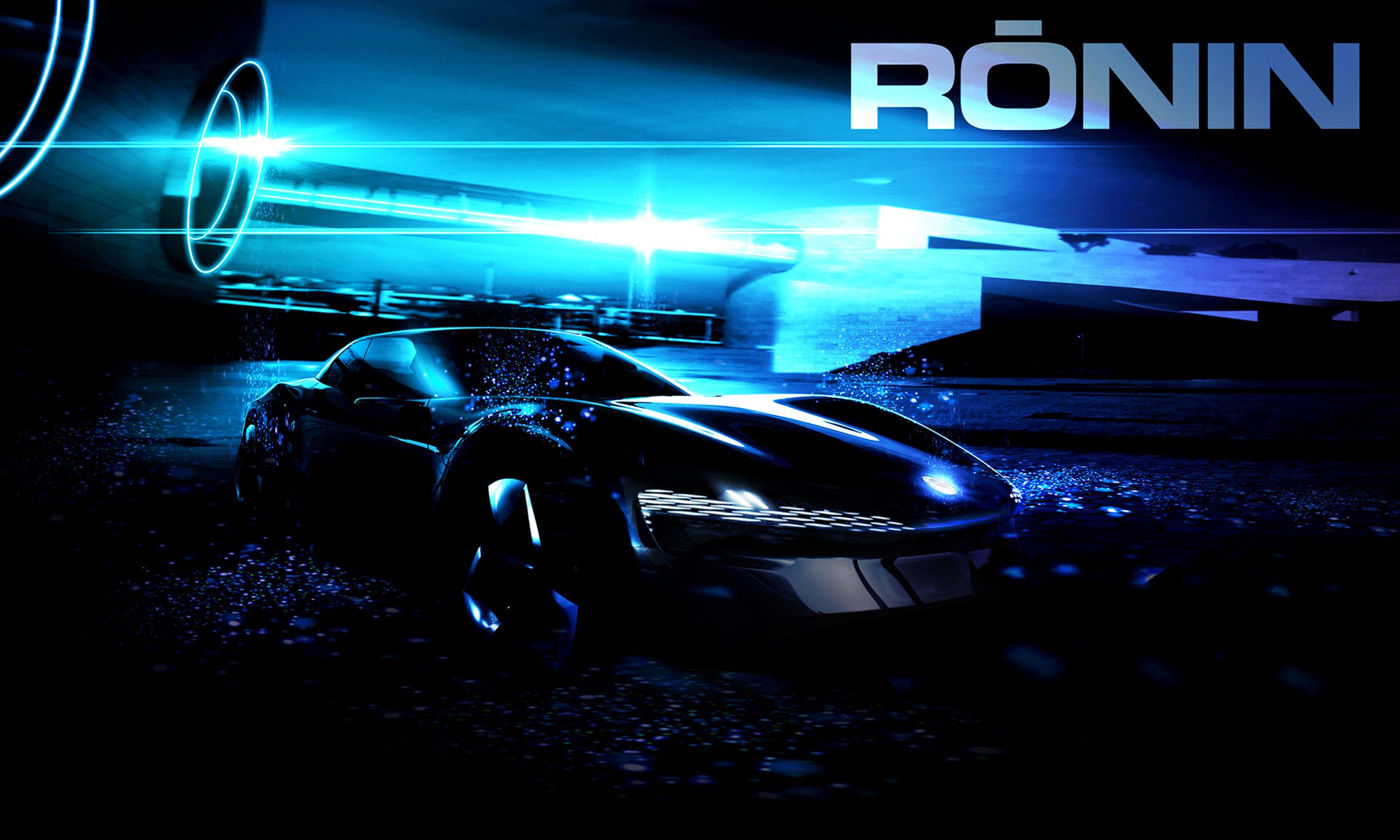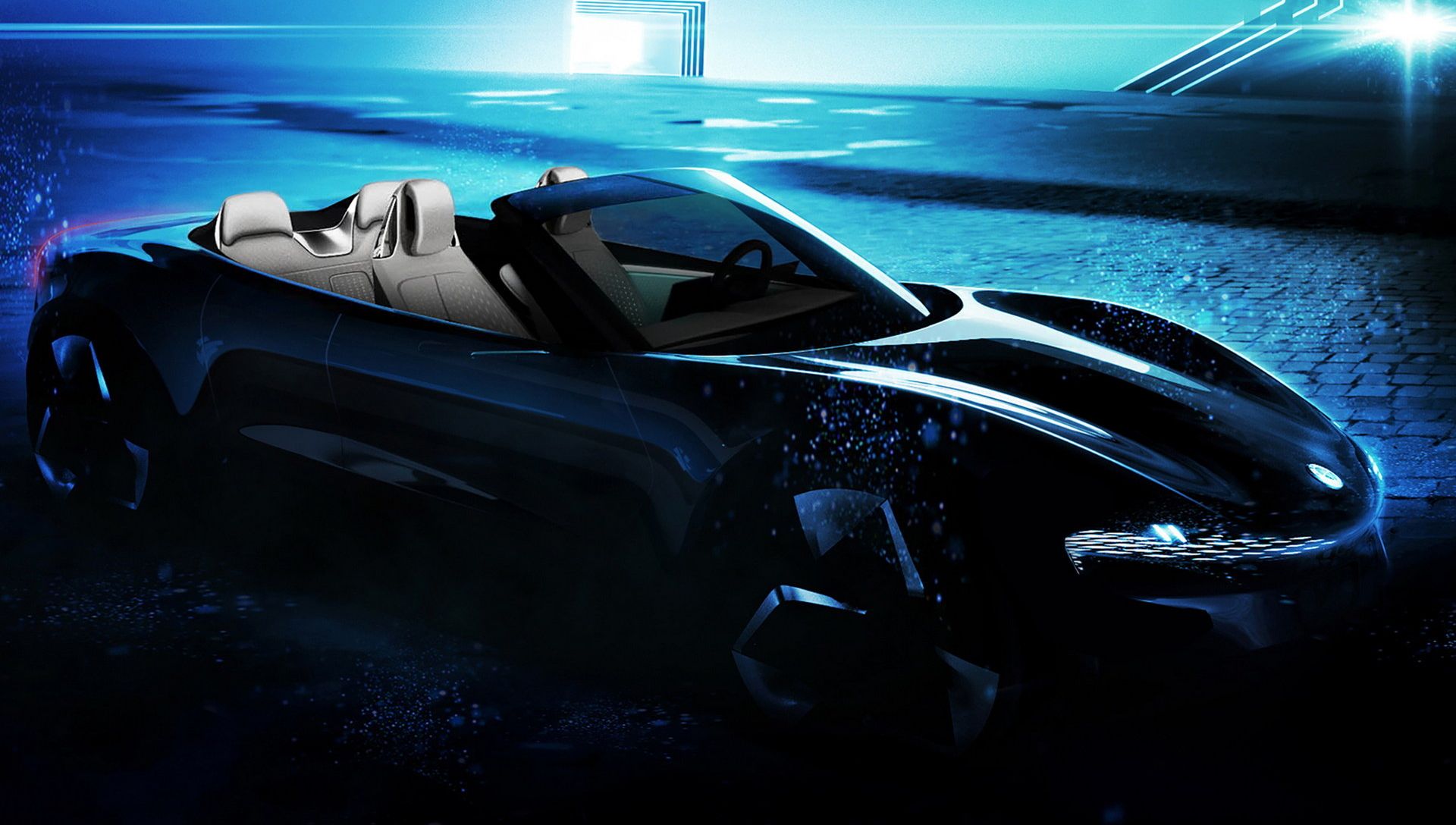Fisker Automotive seems to have made it a mission to give us cars that defy current trends. While it certainly is risky business, the company’s latest creation – the Fisker Ronin – is one that might actually be embraced wholeheartedly by the public. That’s because the Fisker Ronin brings back a body style that we haven’t seen in over 50 years – the four-door convertible. Moreover, it boasts impressive figures, which could make even those looking at a Tesla Model S Plaid reconsider.
Aside from a few bold concepts and a couple of specially-commissioned conversions, four-door convertibles have been pretty much extinct since the 1961 Lincoln Continental. After a few innovative and quirky models, most of which are based on the Karma platform, Fisker is gearing up to start production of the Ronin.
The manufacturer is no stranger to coming up with bold engineering decisions, such as the Karma’s plug-in hybrid powertrain. It consisted of a 2.0-liter turbo-four Ecotec engine and two electric motors, where the internal combustion engine’s sole purpose was to provide “juice” for the electric motors and not directly participate in the propulsion aspect of the vehicle. The car performed poorly in terms of sales and was the subject of a court case, filed by Tesla, against Henrik Fisker.
With the production of the Fisker Ronin being scheduled to commence in 2024, we are curious to see how the company is going to address the biggest issue with such a body type – chassis flexing. It is well-known that almost all convertibles have less chassis rigidity, due to removing a large structural part of the body – the roof and the B- and C-Pillars. With a four-door model, chassis flexing will be an even bigger issue as the upper structure of the body is even larger.
Fisker Automotive is already stating some impressive figures, leading us to believe that Fisker engineers are, at the very least, working on sorting out the packaging of the batteries and bolstering the structural integrity of the Ronin, both of which concerning the bottom section of the vehicle.
Fisker started out as a manufacturer of hybrid vehicles, but the 2021 Fisker Ocean EV signified the brand’s transition to fully-electric propulsion. While no details have been announced yet, Henrik Fisker’s Instagram account teases the model and some specs, among which are all-wheel drive, three motors, an engineering target of 600 miles of range (965 km), and 0 to 60 mph (97 km/h) “in around 2.0 seconds”. We expect more of the specs to be revealed as production nears, but we are more curious about whether Fisker will successfully make four-door convertibles popular again.



